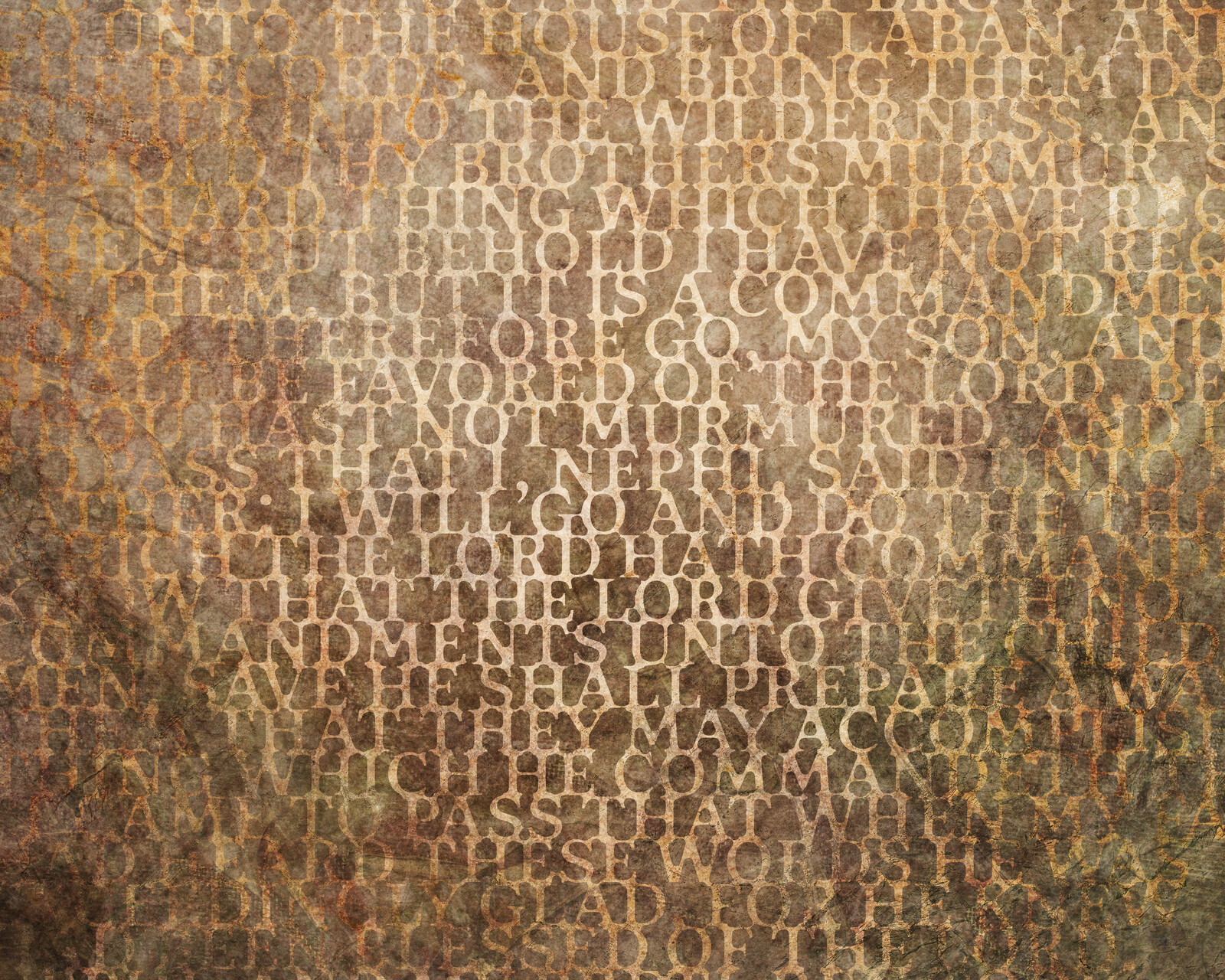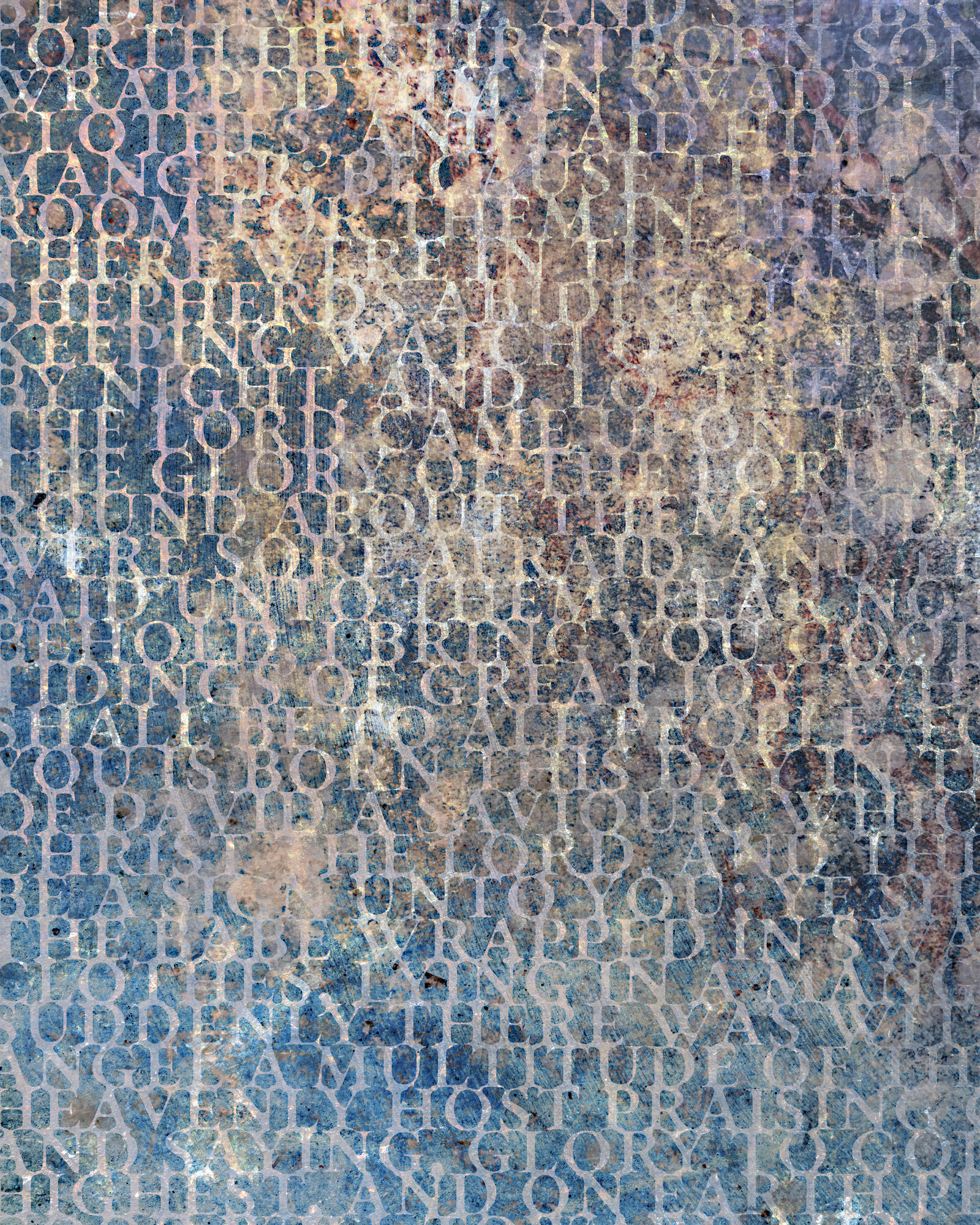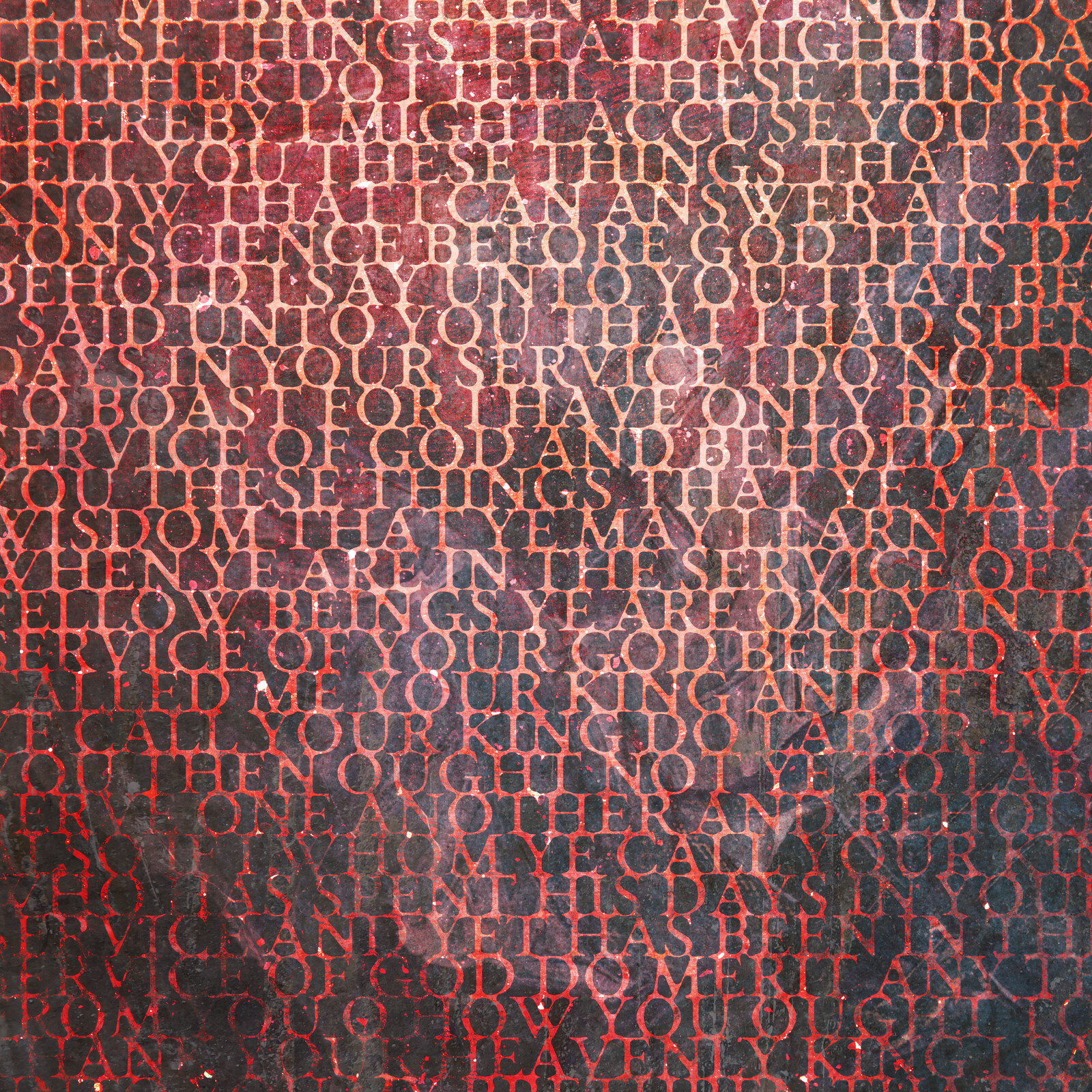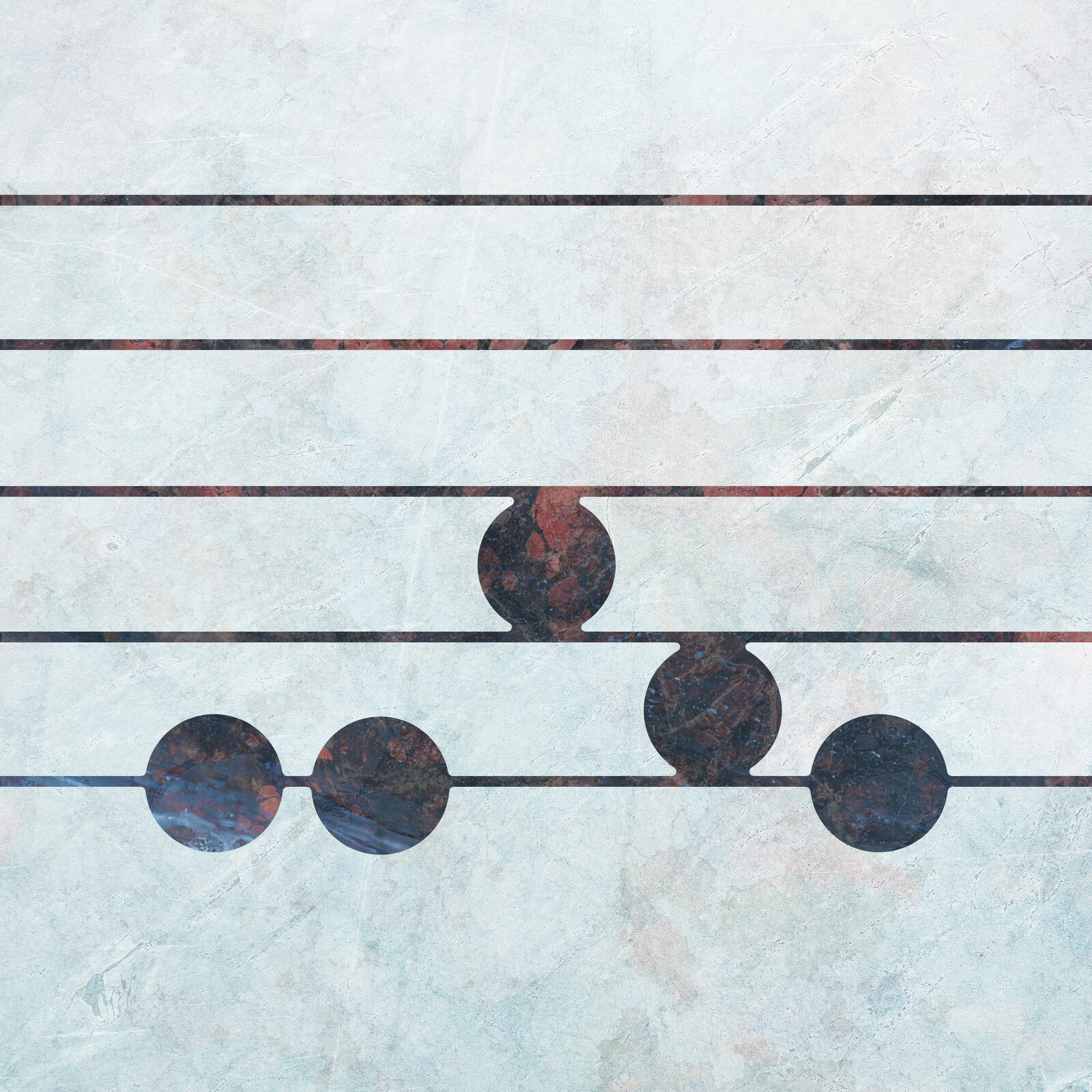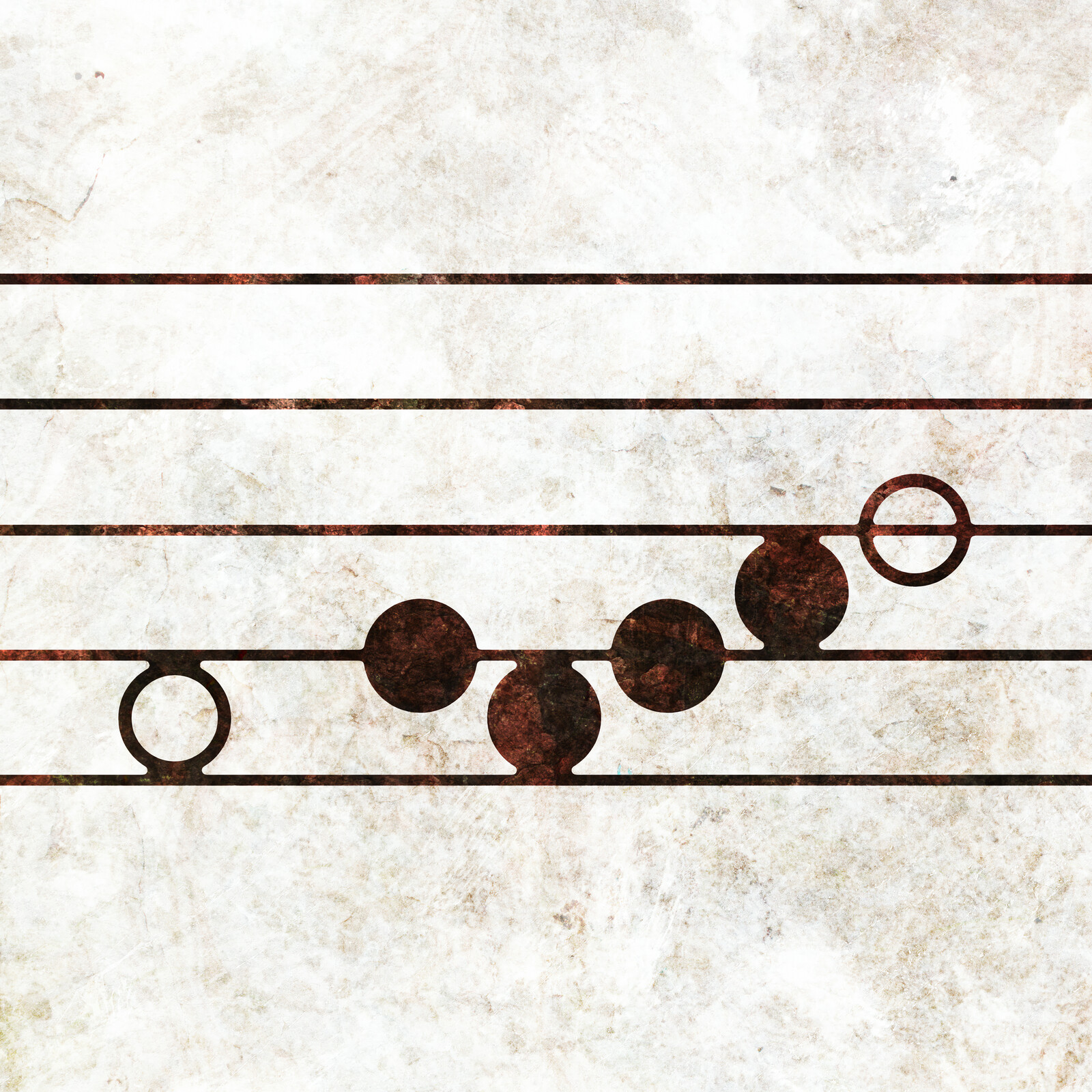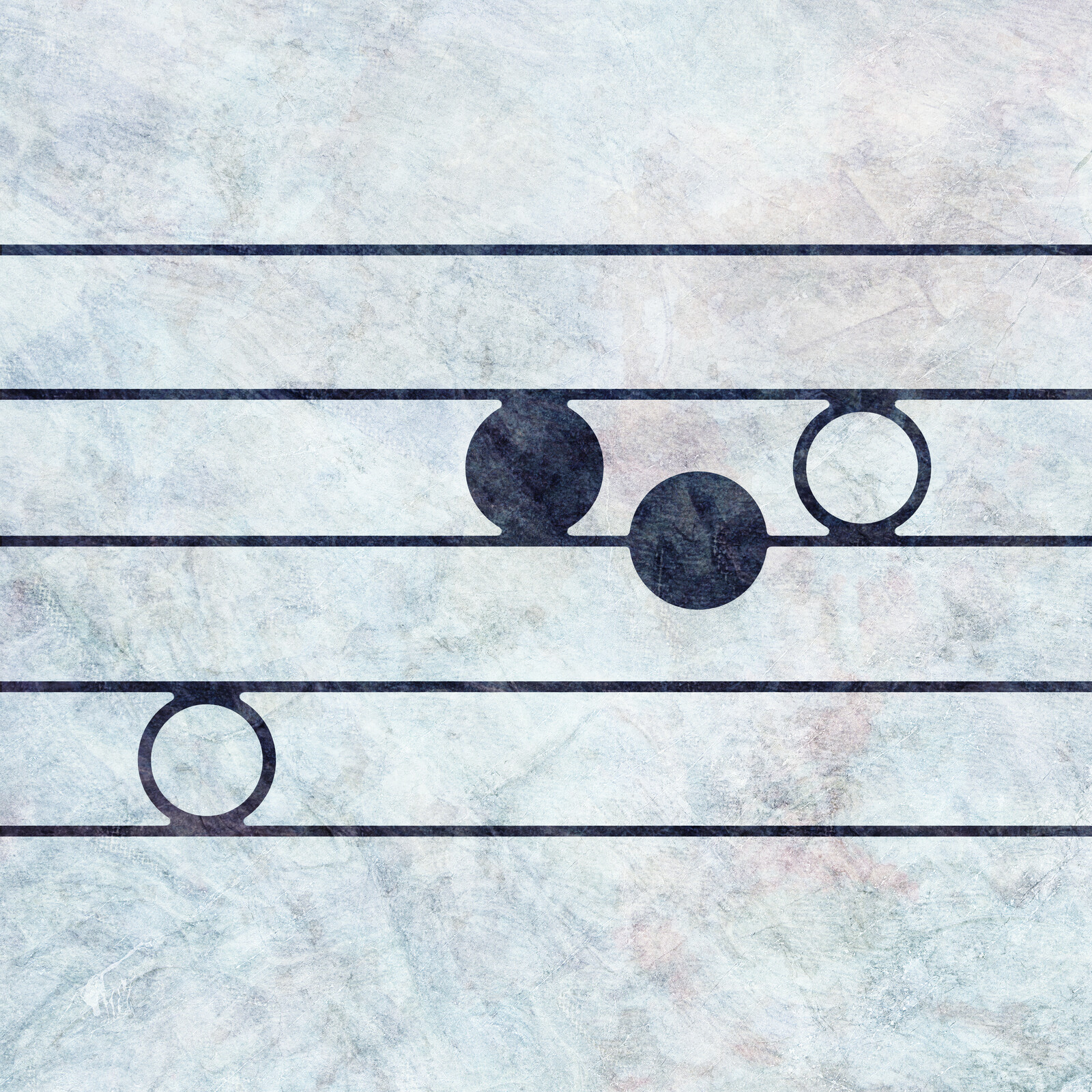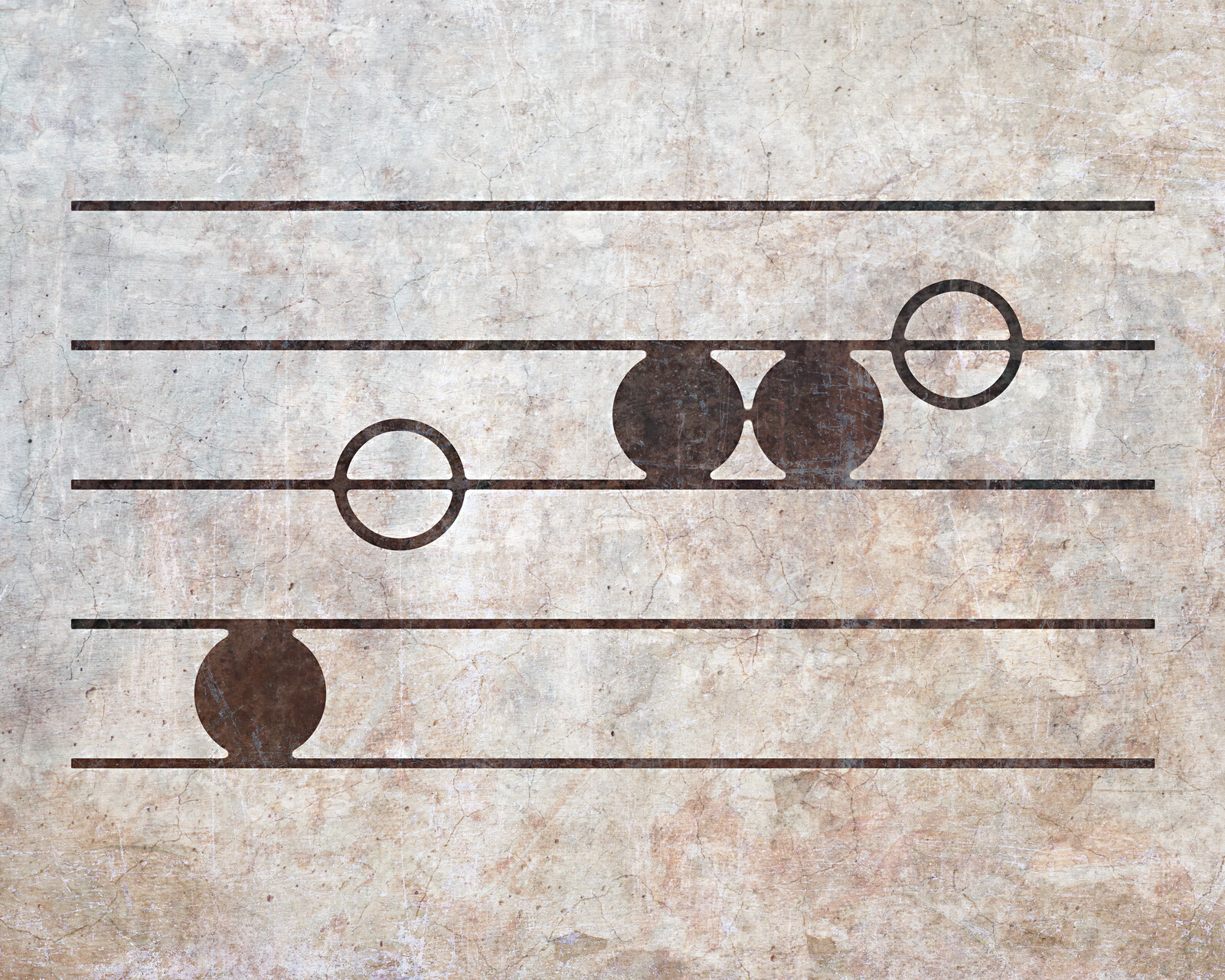Trying to catch up on these, so this batch will be long.
Codon, a high-performance Python compiler.
Lottie Limb on France banning short-haul domestic flights in favor of train travel. Bravo.
Ben Darfler on his analog productivity system. I’ve nostalgically wanted to start using something analog again, but it never sticks.
Christian Hammond on peer programming with ChatGPT. Crazy.
Helen Warrell on MI6’s top female spies.
Inkbase, programmable ink from Ink & Switch (who are doing some great research).
Crosscut, another intriguing project from Ink & Switch.
Cuttle, an interesting web-based design tool for digital cutting machines like laser cutters.
Chris Coyier on Arc (the new browser). After reading this I tried Arc (I wouldn’t say I’m super happy with Firefox) but alas, my brain really does not like tabs on the side.
RFE/RL with a map showing countries that have been renamed in recent years. I didn’t know about Eswatini or Cabo Verde.
International Intrigue, a global affairs newsletter I’ve recently subscribed to and quite like.
Mark Harris on Saudi Arabia’s new megacity, The Line.
Avid Halaby on the Twitter whistleblower report. Some of these things are…not great (from a technical perspective).
One-dimensional Mario. Love this, even though it’s barely playable.
The 2022 State of CSS survey results.
Peter Rogers on a new class of antidepressant that works in two hours. Great news. I wish my dad had stuck around long enough for us to see if it helped him.
A new gold nanocoating prevents glasses from fogging up.
Samuel Arbesman on emergent microcosms. (I linked to a Twitter thread he wrote earlier; this is a blog post with more details.)
Matt Webb on transcribing ourselves 24/7. Interesting thoughts as alwayas.
Erik Spiekermann and Google have released a new, free edition of his Stop Stealing Sheep typography book.
Kottke on Bill Tavis’s Mandelbrot set in the style of a vintage map. Mmm. I love vintage maps, and this is delightful.
Supernumerary rainbow on NASA’s Astronomy Picture of the Day.
Rupendra Brahambhatt on lab-grown 3D-printed wood. Ooh.
BBC has a new radio play version of The Dark Is Rising. (Which I still haven’t reread.)
Alex Russell on the browser performance baseline for 2023. Still pretty low. We’re not doing a great job at serving users on slower devices.
Tom on the topologist’s world map he made. Cool.
David Bauer’s You Don’t Know Africa games. Love this.
Paul Fairie with 2022’s Headline of the Year nominees. Many of these are great.
Tom Cruise riding a motorcycle off a cliff several times for a stunt. Crazy.
Blink, an iOS terminal app I wasn’t aware of. Nice.
Matthew Guay on notes apps helping us forget. Yep. I hardly ever go back to review notes.
Cat Valente on how capitalism always ruins the internet.
Klim’s Epicene Text is a lovely text font.
Stephanie Eccles’ 2022 12 Days of Web Dev. Nice coverage of new features.
Jackson Huff’s Clipboard, a terminal-based clipboard tool.
Fernando Borretti on tools for thought. I’ve largely reached the same conclusion with my own tools (separate tools for separate tasks), though I wasn’t as conscious of what I was doing.
Mandy Brown on writing being hard and that being okay. Yes, yes, yes.
Rach Smith on blogging. After a long period where I worried too much about what other people think, I feel like I’m finally getting past that — finally comfortable with the idea that things on here aren’t going to be perfect, and it’s more important to publish.
Spinda on using ChatGPT as a Redux reducer. Oh goodness.
Ben Kuhn on writing for the internet. Several good ideas here.
Jeff Kaufman on blogging thresholds. Yes, agreed.
Jason Kottke on 36 things he learned in 2022.
Steve Nadis on some MIT research where they had programmers do an MRI while coding.
Justin Alvey and Karen X. Cheng on using Stable Diffusion to create architecture photos from dollhouse furniture. Very cool.
Carson Katri’s Dream Textures, a Blender add-on for creating textures with AI.
Tesseract.js, a pure-JS implementation of the Tesseract OCR engine.
EasyBPY is a more ergonomic wrapped library for Blender’s Python API. Awesome. This is much better.
Riley Cran on all the custom old-looking fonts Lettermatic made for their game Pentiment. Mmm.
Stanko on making a rope with SVG and JavaScript. Nice.
Monique Judge on bringing back personal blogging. If you can’t tell, I’m always here for posts about blogging.
Dave Rupert on prototyping. “The composting of failures produces rich and fertile soil.” Yes.
Dylan Black taught ChatGPT to invent a language. Whoa. This is mind-blowing.
Devine Lu Linvega on weathering software winter. As usual, this makes me want to make small VMs.
Maciej Cegłowski on why we shouldn’t send humans to Mars. Color me convinced.
Michael Irving on the apparent discovery of the first virovore, organisms that eat viruses.
Jillian Hess on twelve ways to use a diary.
Nathan J. Robinson on living in the age of BS. Good to be conscious of.
Alan Jacobs on AI. “If you’re trying to get through your work as quickly as you can, then maybe you should see if you can find a different line of work.”
Kate Rose Morley with a nice tree view using HTML and CSS. Thinking about using this for descendancy charts.
Kent Hendricks on 52 things he learned in 2022. “Compared to irritant-induced crying (e.g. caused by onions), the tears you cry when you’re sad contain 24% more protein, which means they roll down your face more slowly and are more likely to be noticed by others, who, in turn, can comfort you.”
The hands of Maarten Baas’ Schiphol clock are drawn on in real time. Whew!
Vadim Makeev on a skewed highlight effect in CSS. Quite nice.
Jenny on work. “Your job won’t love you back, no matter what love you give it. But the people you work with will.” Yep.
Sam Hughes on creating new people (looking forward to reading Valuable Humans in Transit).
Rodrigo Copetti’s site on the architecture of old game consoles. Looking forward to reading some of these.
Matthias Ott on it being the year of the personal website.
Hillel Wayne on microfeatures he’d like to see in more programming languages.
Joseph Homer Saleh with a statistical reliability analysis for Roman emperors. Intriguing!
David L. Chandler on some new research that purports to show why Roman concrete was so durable. Quicklime, it appears.
Personal Sites, a directory of personal websites.
Tech Jobs for Good, a nice site for highlighting mission-driven jobs. (I’m not looking for a job right now, but when that day comes, I’ll be checking here.)
William Hales on CGI. Not graphics — cgi-bin. Ah, the good ol’ days. This has really got me thinking about simpler and easier ways to get web stuff up and running.
